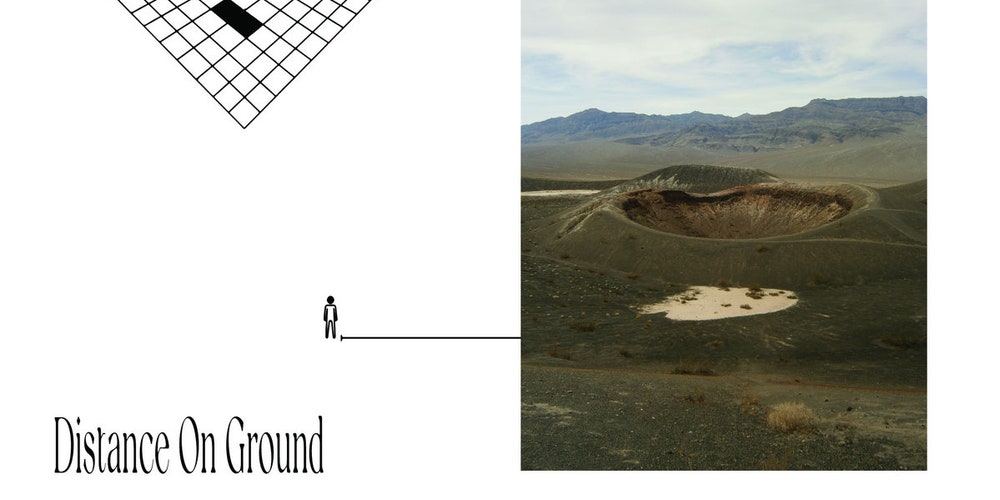When Brian Eno recorded Ambient 1: Music for Airports in the late 1970s, he was intent on reshaping our experience with flying. Eno was put off by the stock muzak piped through most major airports at the time, and he felt that its upbeat nature was intrinsically deceitful. Saccharine elevator tunes screamed “you’re not going to die! There’s not going to be an accident!” as Eno put it years ago. With Music for Airports, the composer offered an alternative reality: “If you die, it doesn’t really matter.” The project was never about denying death, but accepting it as a possibility while strapped inside of a jet at 30,000 feet. The work itself, spare and luminous, kindles a meditative state. Safe in our soothed minds, fears of engine failure and spontaneous combustion would be, hopefully, quelled.
In the past two years, our relationship with traveling has changed significantly. The fears Eno addressed in Music for Airports still exist, but they are buried in a heap of other concerns. “If I fly, will I get sick? If I leave the country, will I get stuck abroad? Will I ever travel again?” In their new ambient audiovisual project Distance on Ground, Martha Skye Murphy and Maxwell Sterling approach travel from a place of longing. The 20-minute record is split into two pieces, “86 km” and “93.3 km,” both of which echo the momentum of forward motion. The wordless compositions grew from improvised sessions between Murphy and Sterling, who collaged the results together after recording stints at London’s Super Symmetry Studios. The album layers Sterling’s double bass and Murphy’s limber soprano with a variety of subtle tones and textures that lure the mind to journey where the body cannot.
The songs comprising Distance on Ground are inherently transportative; “86 km” floats along a calming drone, brightened by Murphy’s glowing, circular chants. Incessant chirps sound like squeaky shopping cart wheels or a flock of seagulls, both of which suggest a sense of motion and destination, no matter how insignificant. At one point, you can hear something, perhaps a piece of luggage, being snapped and zipped shut. It feels like a distinct marker between voyages. If “86 km” is an introspective morning drive, “93.3 km” is a late-night stalk through the bad part of town. Sterling’s bowed bass lets out long belches that combat a storm of shrill frequencies. But midway through, the creeping low end falls away and the song is washed with gliding, legato synthesizer. The braiding of Murphy’s processed voice over plasticky, plucked strings restore a sense of calm and even revelation—like when the instruction to “walk it off” actually improves your mood.
By its very nature, Distance on Ground invites you to experience this music in different settings. The album is accompanied by an interactive website where visitors “can voyage in real time to and with the music in their chosen environment,” as stated on its main page. Listeners are encouraged to play the album and toggle between “rural” and “urban” landscapes, i.e. video footage shot on foot, from car windows, and airplanes. One loop depicts a drive through the muddy countryside, where several boats are marooned on wet grass like toys scattered on an unkempt floor. Another takes the POV of a hiker passing people on a dry California trail. If you score this footage with “86 km,” the effect is contemplative. Set to the tone of “93.3 km,” the placid woodlands seems ripe for a murder plot—and every passing hiker is a suspect.
What’s most interesting about these images is that despite which song is playing, visual perspective is the most potent variable. Video shot from the driver’s seat of a car is overly active and frantic. It asks you to navigate city traffic, to find a parking spot. But the view of a jeweled cityscape or a quilt of grasslands shot from cruising altitude offers remove, calm. You know that you’re in motion, but the miles feel incalculable.
Catch up every Saturday with 10 of our best-reviewed albums of the week. Sign up for the 10 to Hear newsletter here.
